
When U.S. and Chinese trade negotiators start a new round of talks on Wednesday, one often-overlooked issue is bound to get a lot of U.S. attention: the role of China’s state-owned companies in its economy.
China started overhauling its state-centric economic model 40 years ago under Deng Xiaoping. After joining the World Trade Organization in 2001, Beijing pushed further to wean the economy off state-owned firms. But under President Xi Jinping they have re-emerged as a centerpiece of his economic policies and a stumbling block for U.S. negotiators.
China’s state firms dominate industries that U.S. firms want to enter, including telecommunications, energy, banking and insurance, and have made inroads into industries Mr. Xi is staking out as top priorities for the future. Beijing and local governments, for instance, have announced more than $100 billion in financing, mainly to state-owned firms, to develop a domestic semiconductor industry.
State-owned construction firms are building Mr. Xi’s ambitious Belt-and-Road infrastructure projects across Asia and Africa, while state-owned banks are often called on to ramp up credit to keep the Chinese economy from slowing too rapidly.
One Chinese economist calls state businesses “the legs of the Communist party.”
In the 1990s, Chinese economic reformers had the upper hand. Millions of workers at state firms lost their jobs as the government sold off smaller companies to make the economy more market-driven. Gradually the state presence in the economy declined and some Chinese economists—including Liu He, China’s current top trade negotiator—looked for ways to curtail its power further.
But the changes only went so far. China didn’t fully privatize bigger firms. It sold off minority stakes, which gave Beijing the money to build banking, energy and telecommunications behemoths and to import Western management know-how.
Mr. Xi then in many ways reversed changes that squeezed the state sector. Since 2014, the share of bank loans to state firms has dwarfed those that go to private ones, says China expert Nick Lardy at the Peterson Institute for International Economics, after years where the private sector held the upper hand. In 2016, he estimates, state firms got more than 80% of Chinese bank loans.
Many local governments pressure city and rural banks under their control to keep insolvent firms afloat, Mr. Lardy argues in his book “The State Strikes Back.” That adds to excess Chinese industrial production of steel and other commodities which get exported at low prices U.S. firms can’t match.
For China, the result is inefficient state firms, and credit-starved private firms. But many localities say they prefer that outcome to the unemployment and falling tax revenue that would result from a more competitive marketplace.
In all, economists estimate, China today has more than 100,000 state-owned firms that employ about 46 million workers, about 11% of all urban workers. Its biggest state firms are run out of Beijing itself by the state-owned Assets Supervision and Administration Commission, an agency that beat back a 2012 proposal endorsed by Mr. Liu to hand control of big companies over to independent asset managers.
U.S. officials say negotiators discussed the firms in talks earlier this month in Beijing. In the U.S. view, state-owned enterprises benefit from subsidies and industrial policies that favor domestic firms, fight increased competition from abroad, and sometimes pressure U.S. firms to hand over technology to do business in Beijing.
The Trump administration insists that Beijing cut tariffs and regulations that benefit state firms and block U.S. competition. It also wants China to reduce subsidies, preferential loans and other help that give state-owned firms an added advantage.
Mr. Xi and his allies see state firms as a source of employment and thus social stability and a way for China to compete internationally through national champions in steel, aluminum, construction and other fields. They are also an important lever to manage the economy, in part because the Communist Party plays a big role in selecting top managers.
During the global financial crisis, China revved up demand by pouring loans from state-owned banks largely to state-owned businesses that built roads, ports and apartments, which gave a lift to the global economy.
President Trump has tweeted recently that the U.S. is making progress in talks scheduled to end March 1. His main negotiator, U.S. Trade Representative Robert Lighthizer is more skeptical. He doubts that any Chinese market is truly private, say his colleagues. Before he recommends President Trump approve a deal, they say, he wants Beijing to demonstrate it is willing to change its industrial policies. USTR declined to comment.
The role of state firms present other dilemmas in negotiations. The U.S. wants China to import more U.S.-made goods. Mr. Xi could simply order state firms under his control to do that. But that would only increase their role in the economy and as levers of the state.
Beijing has floated the idea of adopting the notion of “competitive neutrality”—meaning the state wouldn’t favor state firms over private ones. But U.S. officials are skeptical of Beijing’s ability to enforce the policy.
U.S. officials are debating how best to enforce any deal. Some favor what they call the “North Korea model.” With North Korea, the U.S. says it won’t lift sanctions until North Korea demonstrates it has denuclearized. With China, the U.S. wouldn’t remove tariffs until Beijing shows it changes the practices that have made Chinese state-owned enterprises so powerful.
Source: The Wall Street Journal
















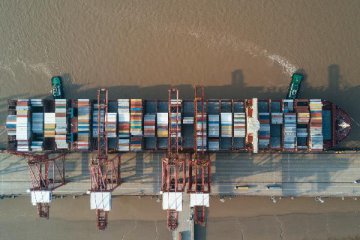
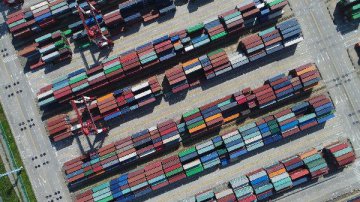

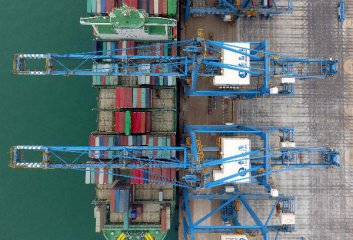
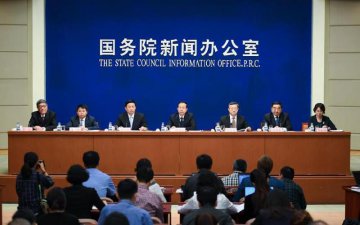
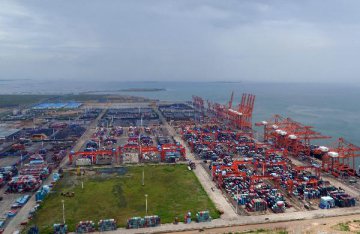


Latest comments